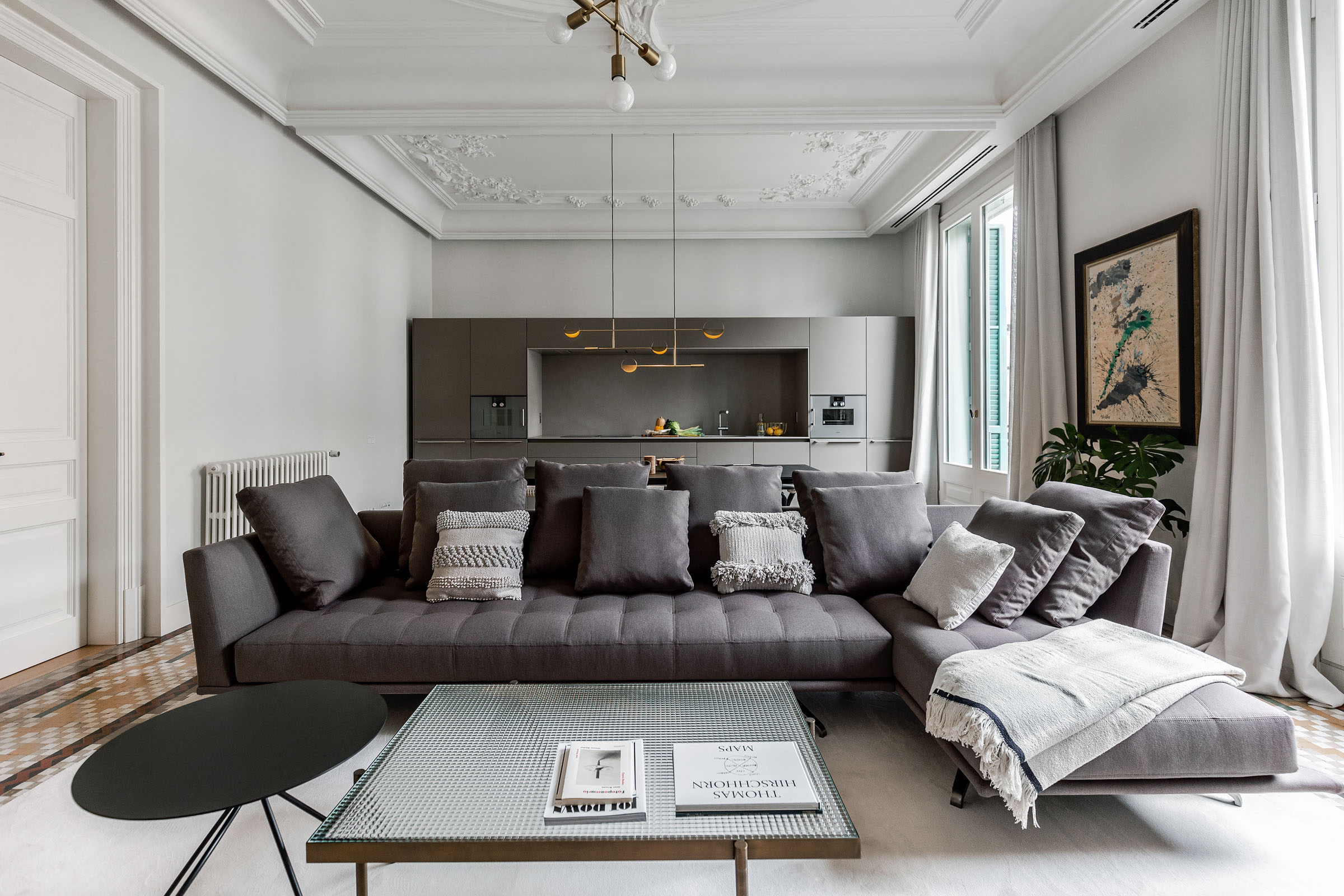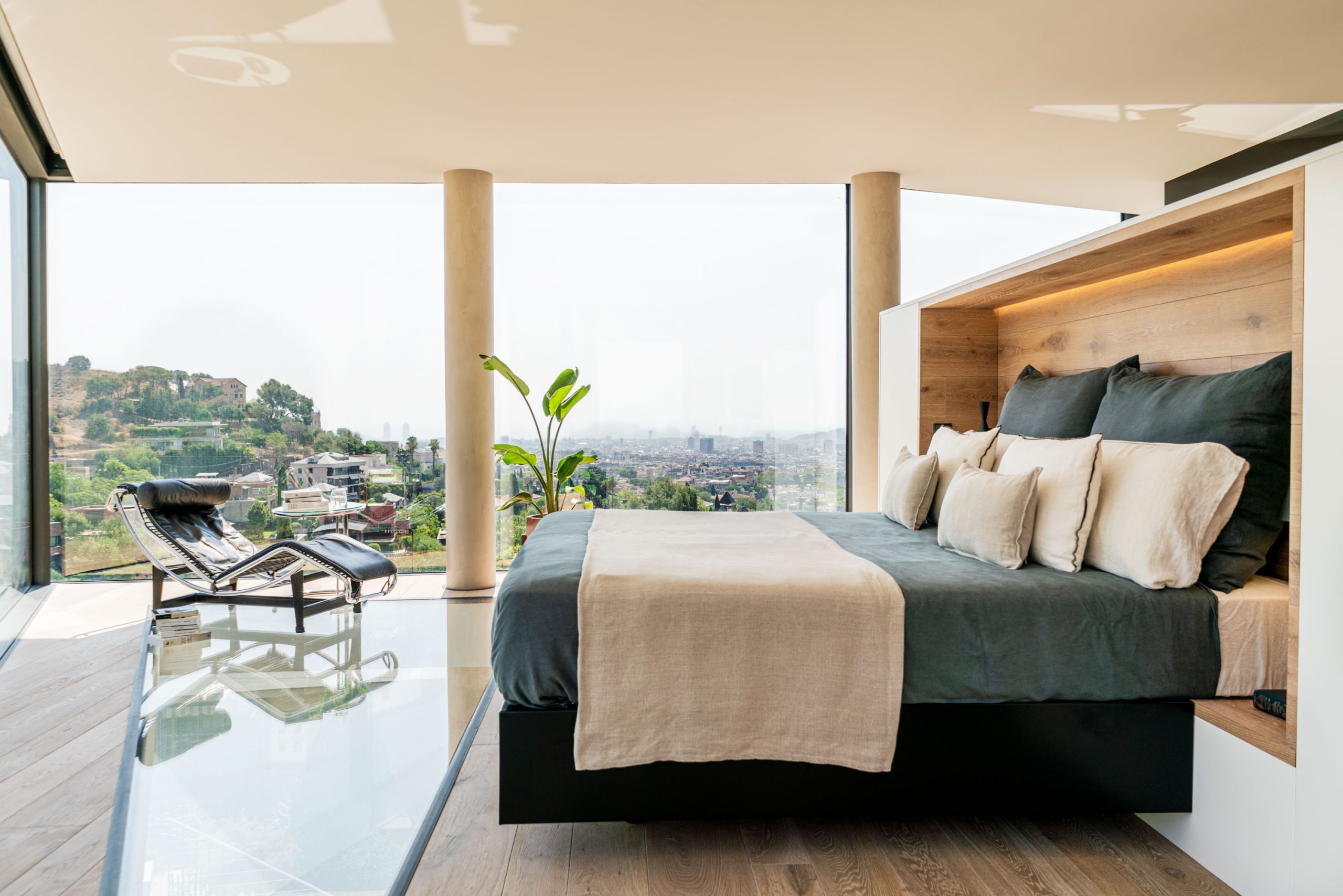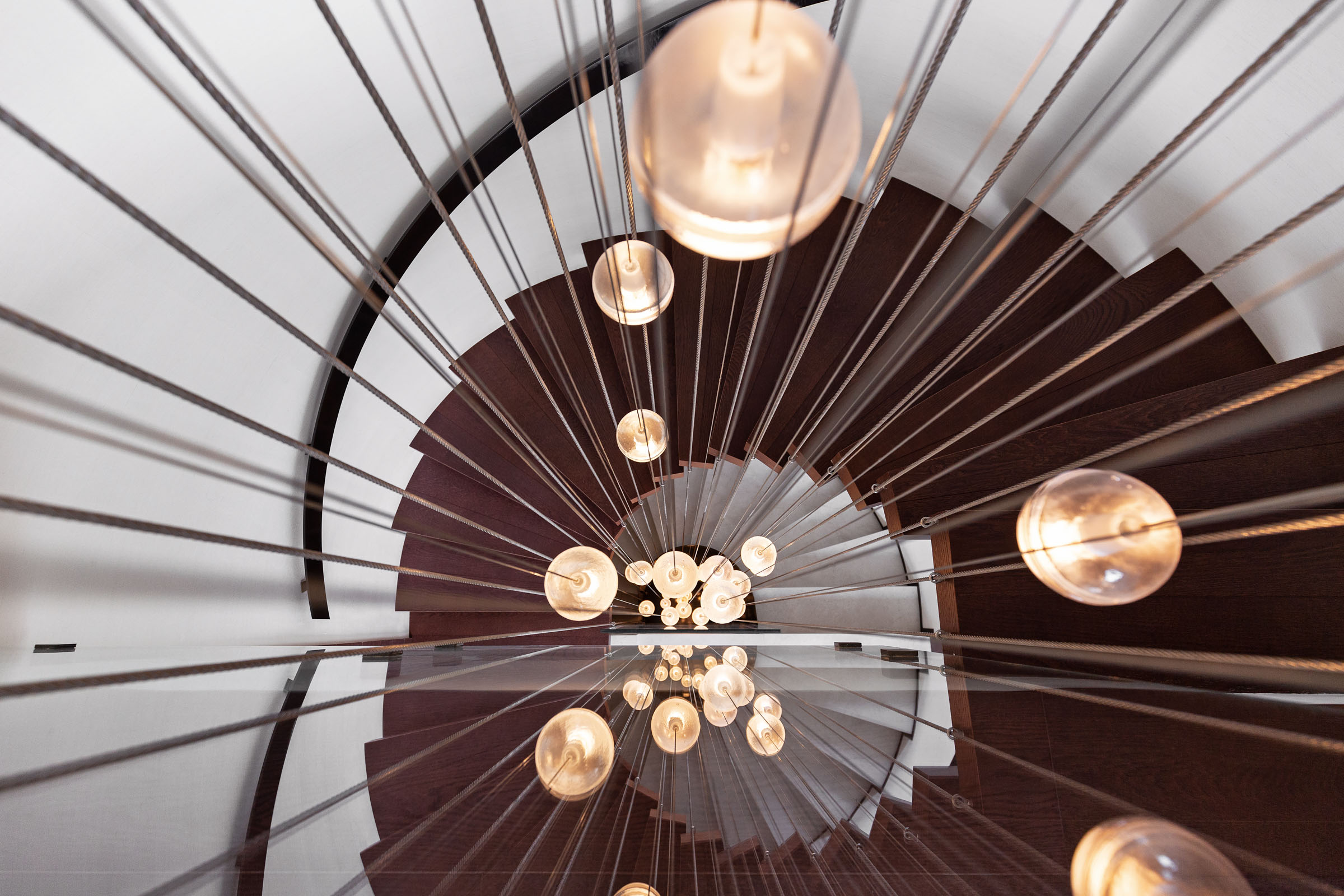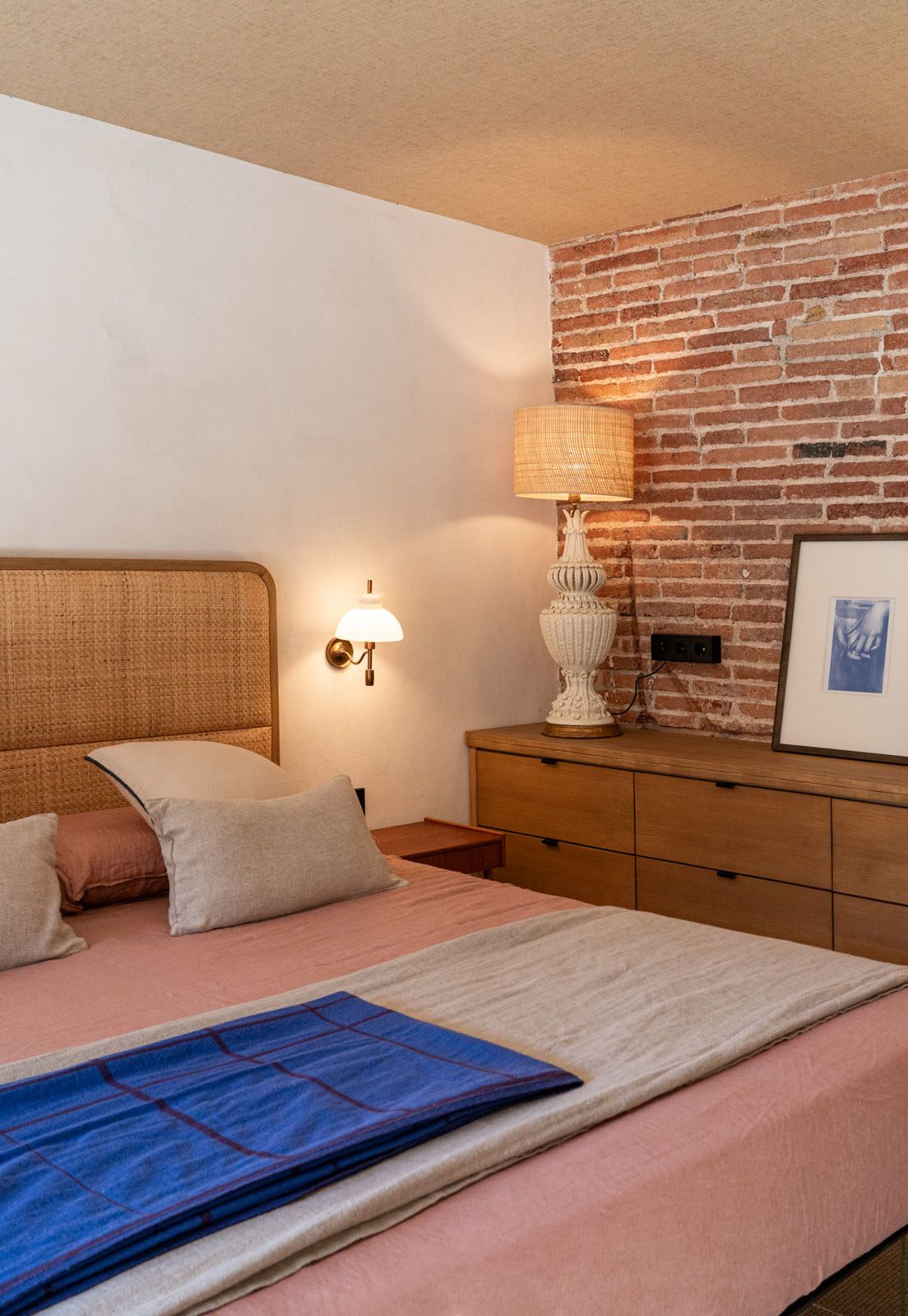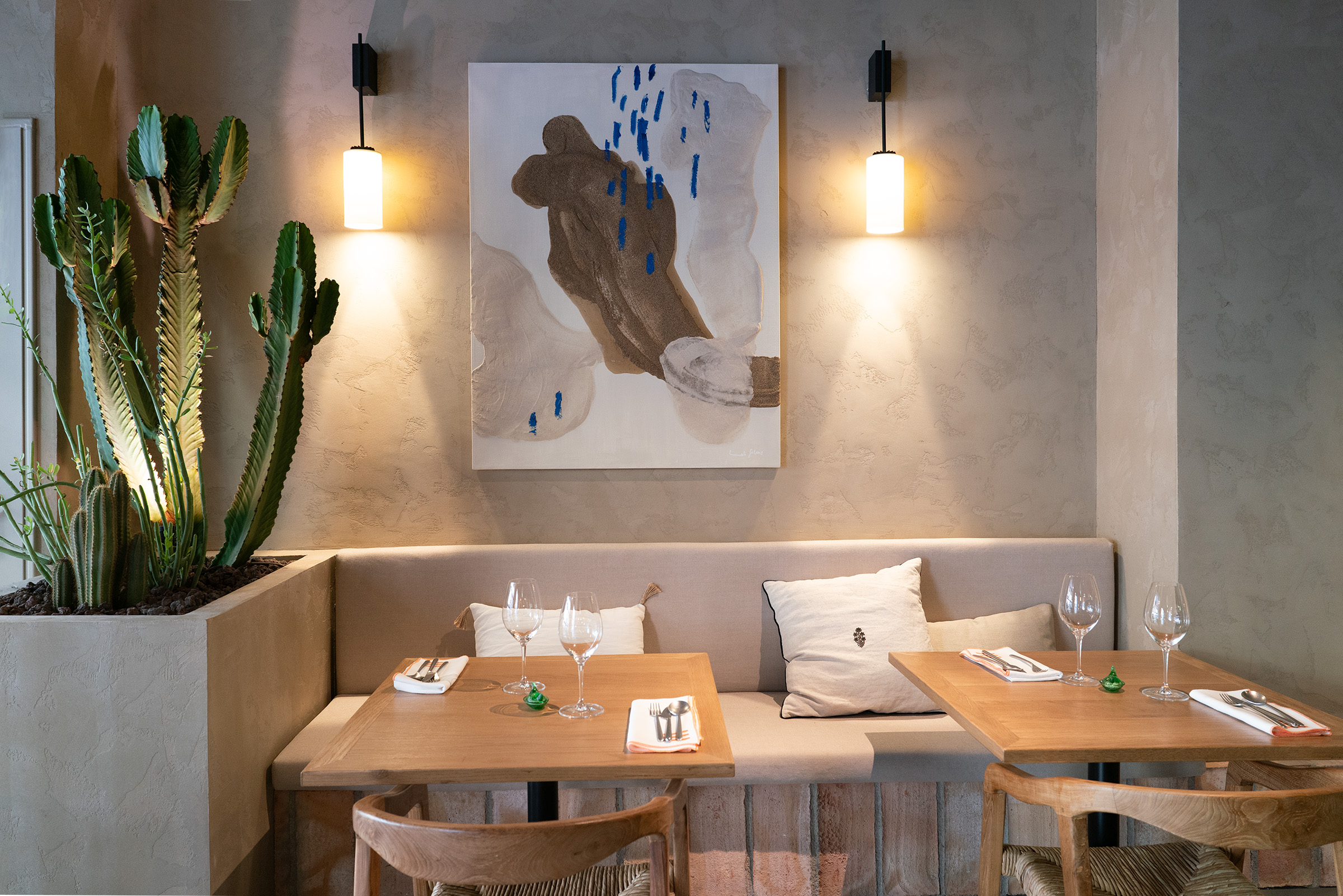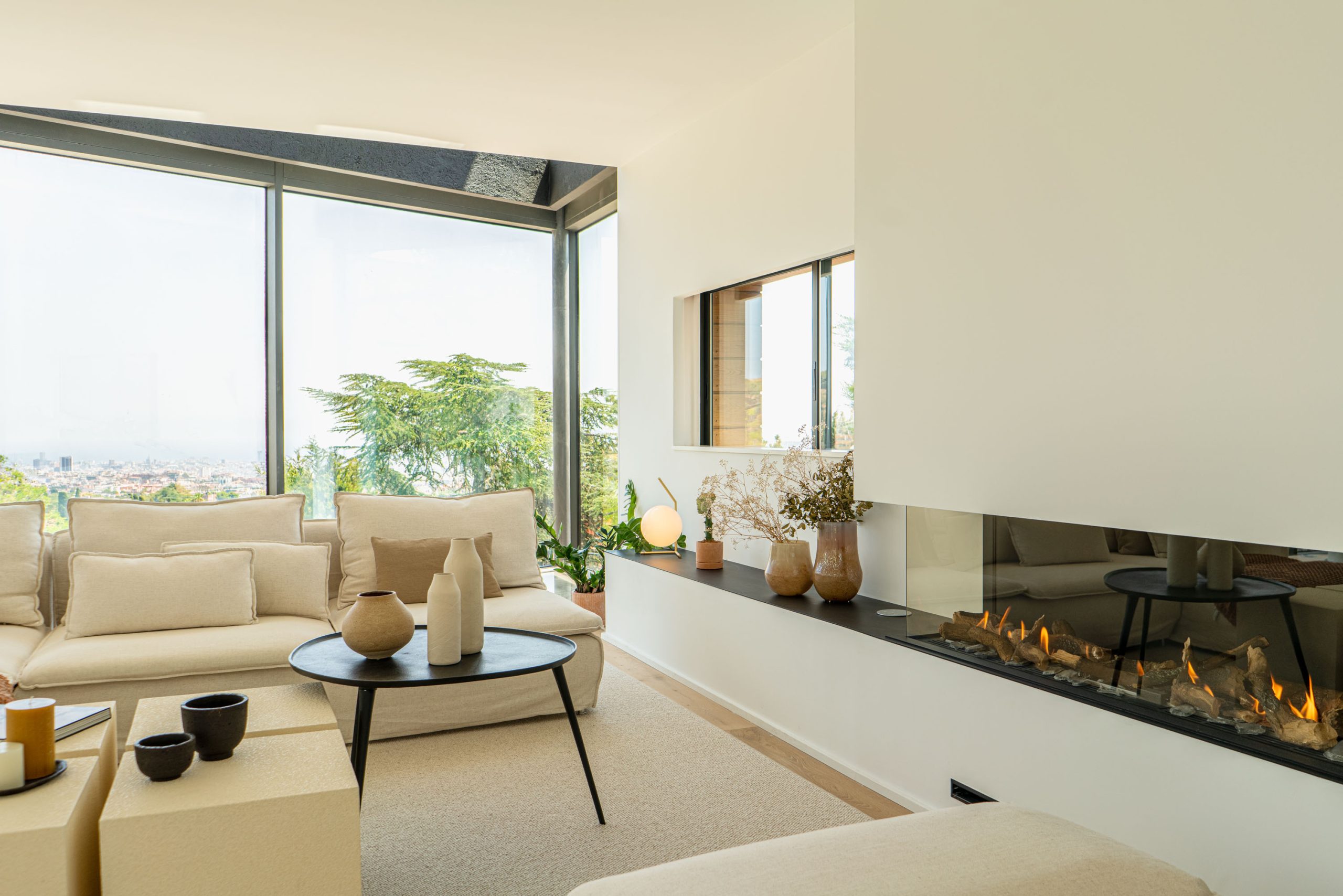Hydraulic pavement: Everything you need to know to preserve and integrate it into your home
General
We unravel a jewel of interior design that has remained undaunted over time: hydraulic paving, a type of floor that, over the years, hasn't gone out of style . We explore the secrets of this unique material, from its essence to its versatility, and we explain why you will want to conserve and/or incorporate this element into your home to convert and transform your home into an aesthetic space full of character, personality and a seal of its own.

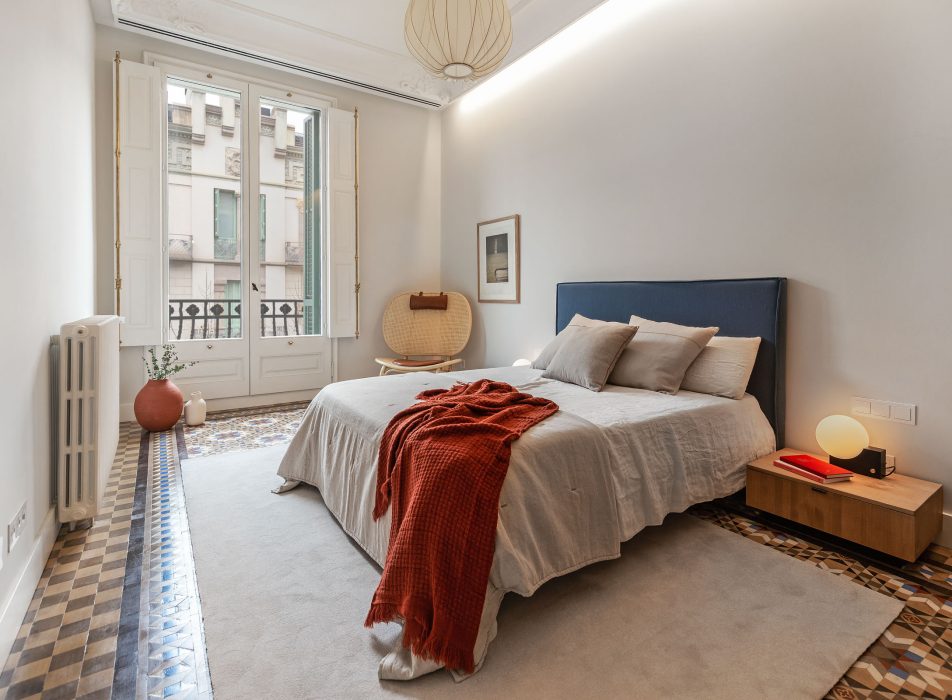
Panoramic vision: we put the magnifying glass on the world of hydraulic pavement
Let’s start at the base of everything: what is hydraulic paving? To give you an idea and be able to visualize it, it is a type of decorative floor composed of tiles made with cement, water and pigment. These pieces are characterized and known for their varied geometric patterns, vibrant colors, and exceptional durability. Their presence is often highlighted within residential spaces, historic buildings and even public spaces, to provide a distinctive touch, elegance and character to the settings they dress.
As a whole, you end up creating a unique mixture that is poured into individual molds. This process, inherited from traditional techniques, guarantees the quality of the floor and adds a touch of authenticity and distinction to the spaces.
The perennial fashion of hydraulic pavement
Over the years, hydraulic paving has maintained its timeless fashion status. And in the past, each room had a unique floor made from distinctive drawings and colors that gave personality to each space in a home. Nowadays, many of these hydraulic floors often appear perimetered, a technique that consisted of framing each particular design, resulting in authentic works of art that marked the visual transitions between rooms.
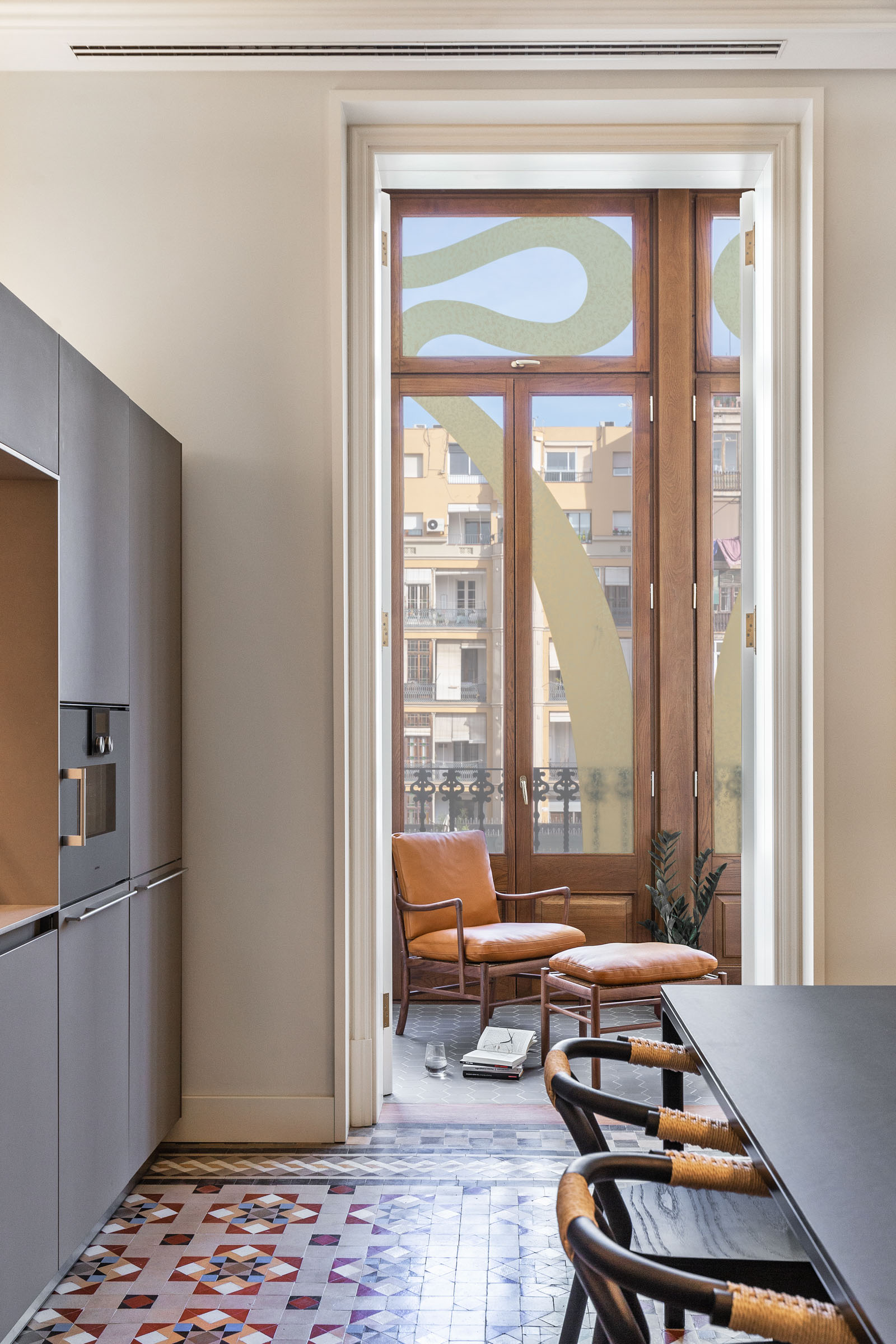

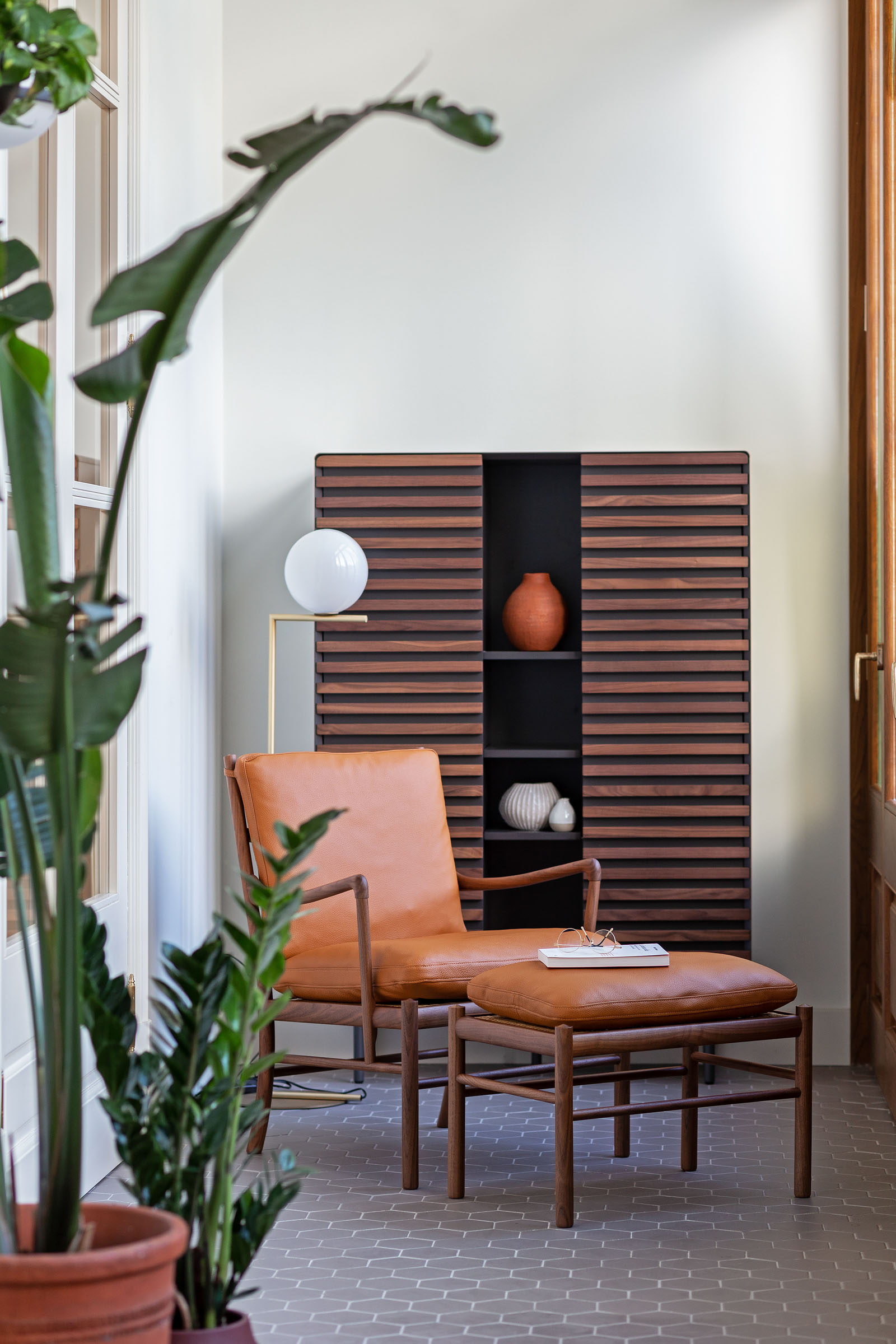
A durable, maintenance-free handcrafted masterpiece
Talking about hydraulic pavement means talking about a floor with a unique, resistant and exceptional quality. In addition, its versatility allows you to lower the top layer to reveal its splendor and its original essence. With a wide range of colors and typologies, this floor offers infinite possibilities for customizing the space, and is capable of adapting to any decorative style.
The essence of hydraulic flooring, then, lies in its artisanal process, in which each piece has been made using a specific technique that culminates in obtaining a type of tile capable of resisting daily wear and tear and the passage of time without compromise its original beauty. And, precisely, the intrinsic resistance of hydraulic flooring makes it a practical and sustainable choice when dressing your home, providing a visually impressive floor with minimal signs of wear.
Over time, hydraulic paving has proven to be much more than a floor: it is a form of art that is a hallmark of Catalan tradition that has endured over the years and has made its appeal timeless. In addition, it is a material that is easy to clean, polish and reduce. A feature that makes it a practical, aesthetic and functional choice for any home.
How to incorporate or maintain hydraulic flooring inside your house
Taking into account that hydraulic paving is a decorative element that has never gone out of style, it is very likely that many homes come with this type of floor incorporated. But what do I do if my house does not have original hydraulic flooring and I want to integrate it?
There are several answers to solve this question. The choice of hydraulic pavement is not limited only to its conservation. There is also the option of incorporating this element inside your home. And the key, precisely, is in the variety of alternatives, from purchasing it second-hand to opting for imitations at an affordable price. The options are diverse, but they all fulfill the same aesthetic function that allows you to enjoy the charm and distinctive seal of this type of land.
If you are looking for authenticity and want to preserve the history behind each tile, a feasible and sustainable option is to purchase second-hand hydraulic flooring. Most are taken from historic homes or buildings, thus preserving the character and patina of time.
On the other hand, if you want to incorporate the unmistakable aesthetics of hydraulic flooring without compromising your budget, an interesting card to play are imitation options. It is an attractive alternative that may not match the quality of the original material, but the tiles obtained faithfully emulate the characteristic designs and patterns of hydraulic paving, and meet aesthetic standards without sacrificing durability.
In short, hydraulic paving is an artistic expression rooted in the Catalan history and tradition of decorating spaces. Whether keeping it in your home, or incorporating it from various alternatives, this architectural element is a tool that will provide distinction and personality to your home, and will accentuate the authenticity and essence of each space.
